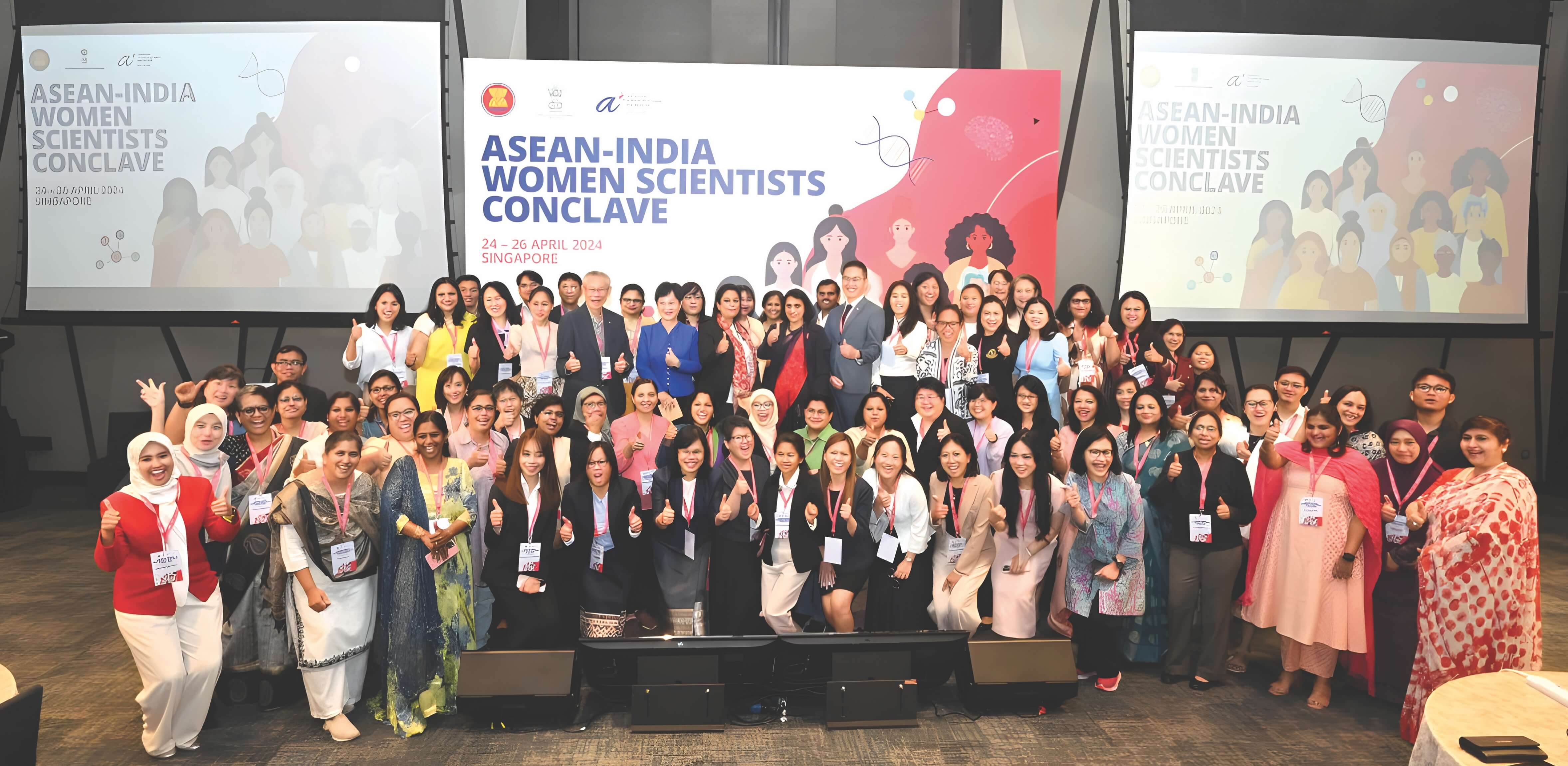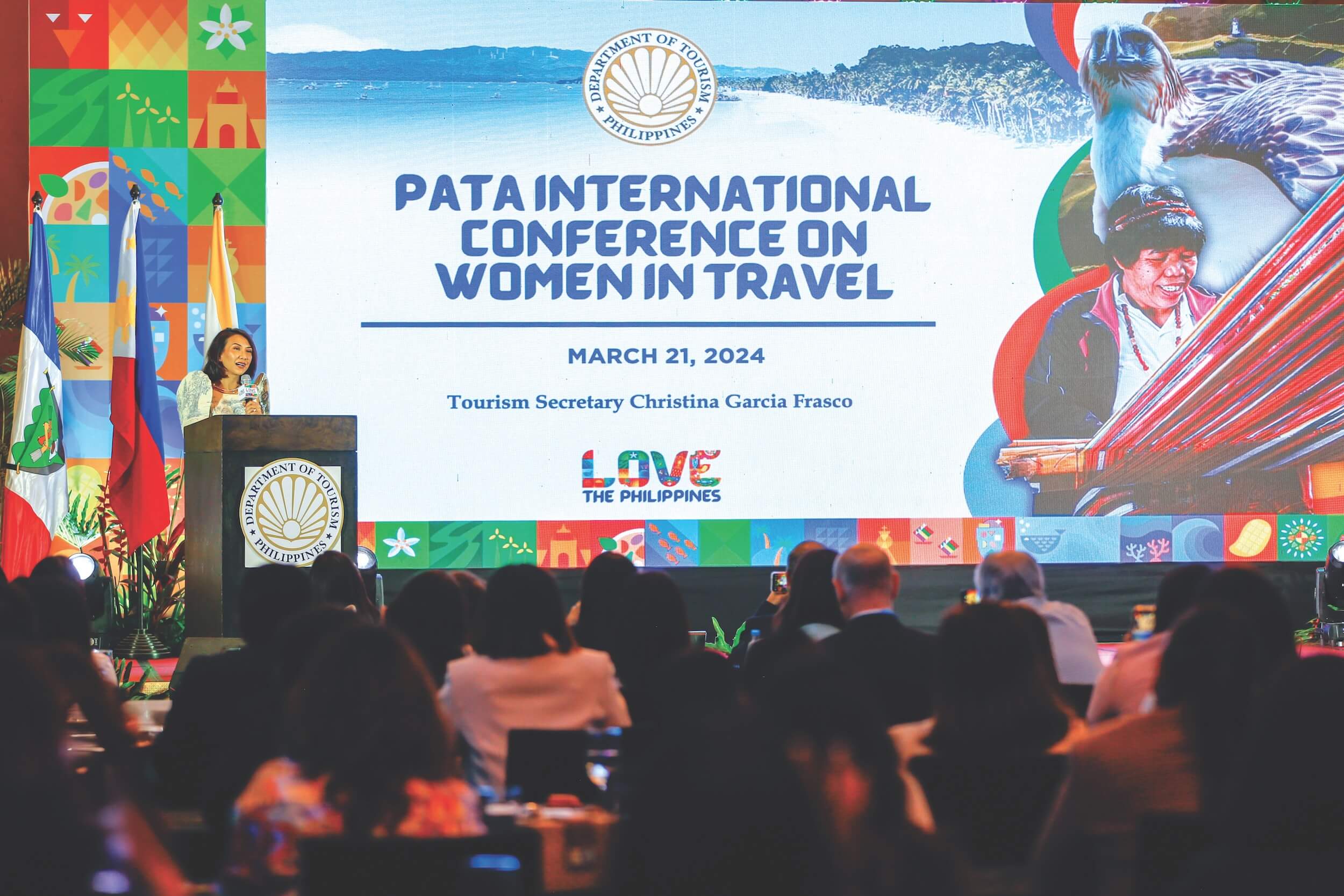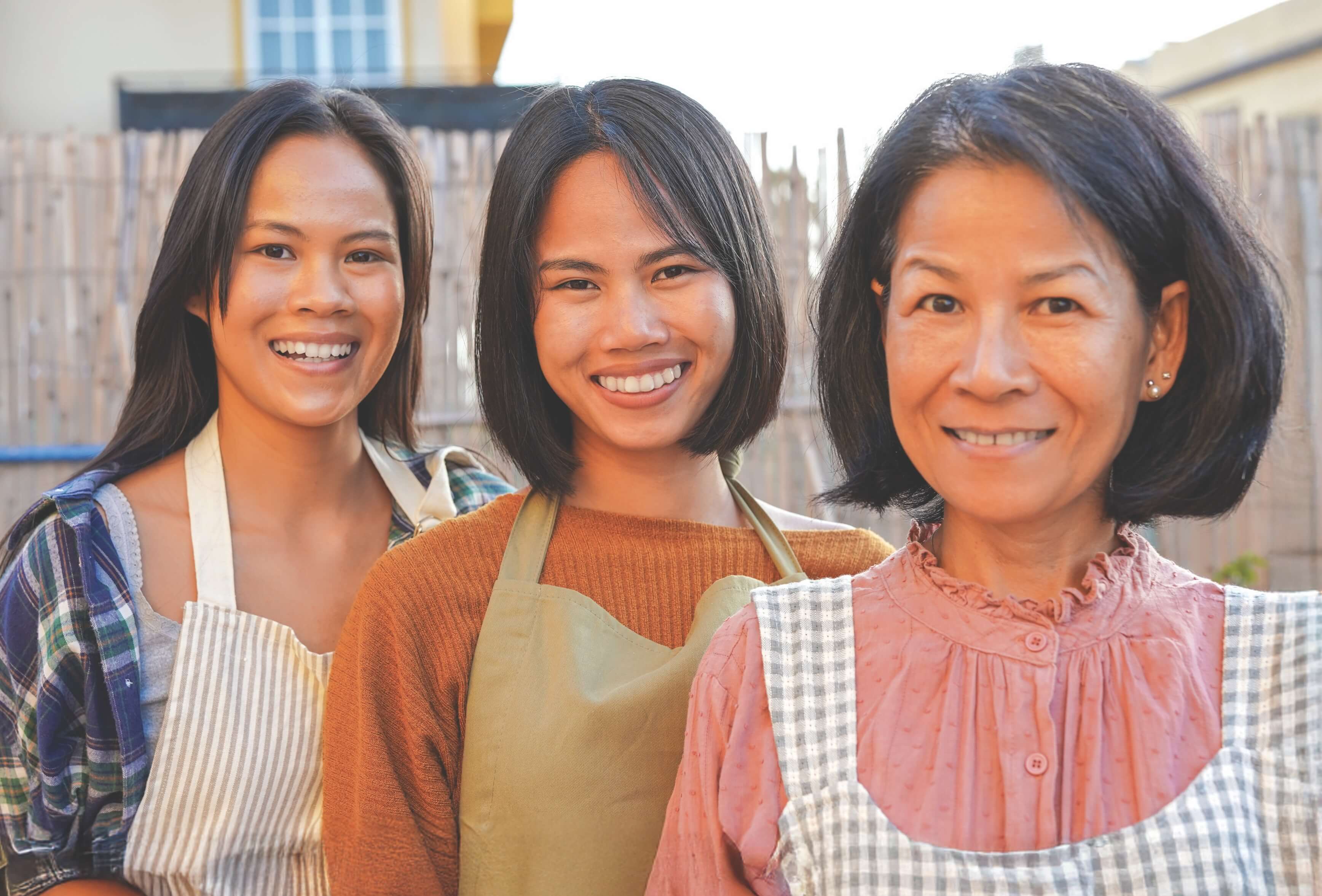



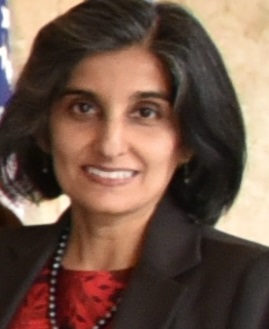
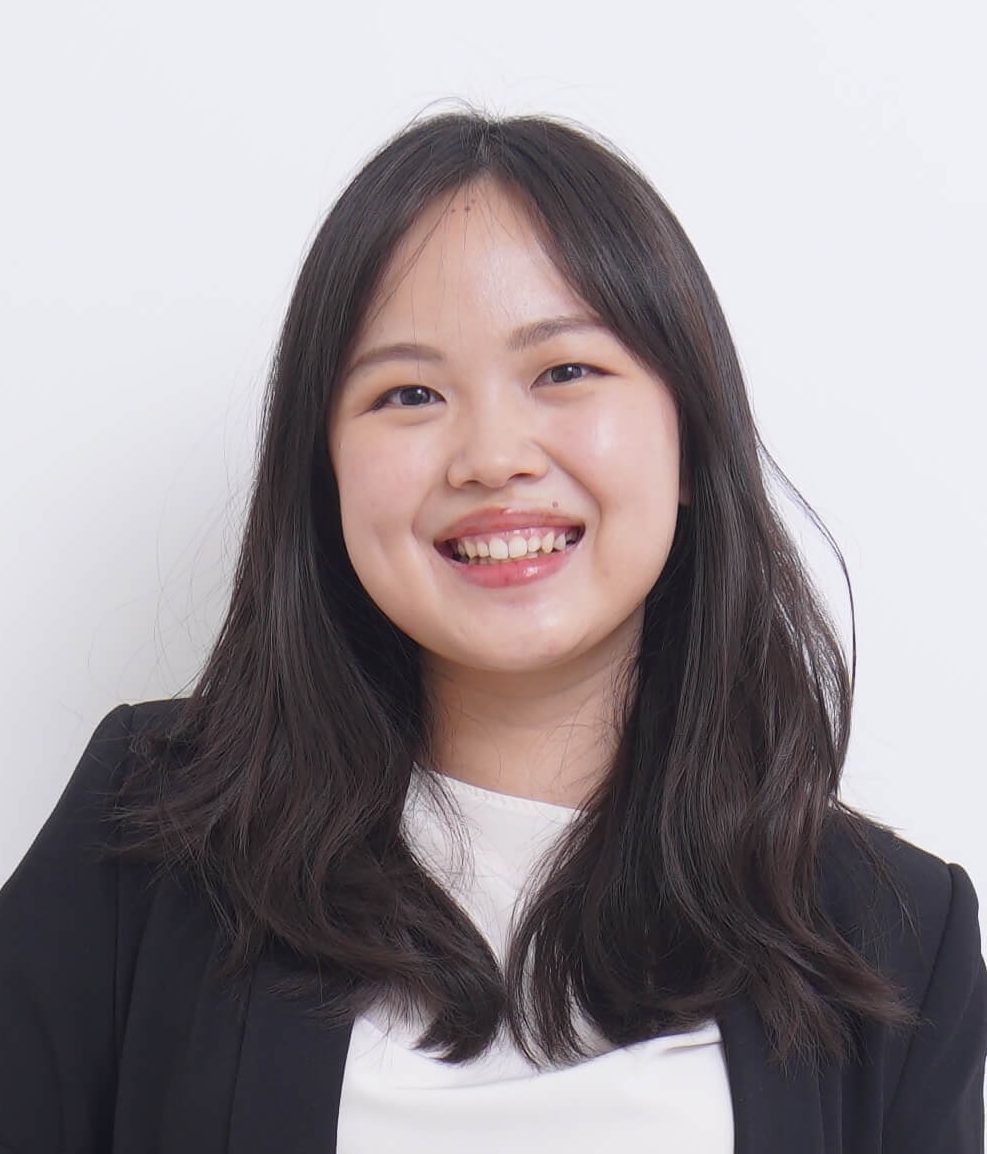
Scientists from Indonesia, Malaysia, Myanmar, and Singapore clinched the prestigious ASEAN-US Science Prize for Women 2021 for their outstanding professional achievements. Taking the theme of “Clean Water and Clean Air,” the prize sought to recognise women scientists who have made significant strides towards addressing air pollution and facilitating people’s access to safe water and sanitation in the region. The ASEAN talked to the winners, Dr. Li Hongying (midcareer scientist category) and Dr. Neni Sintawardani (senior scientist category), and honourable mention, Dr Aduwati Sali (mid-career scientist category), about their journeys as researchers and their aspirations for women scientists in ASEAN.
Dr. Neni Sintawardani
Dr. Neni Sintawardani is a senior researcher at the National Research and Innovation Agency, Indonesia (BRI, formerly Indonesian Institute of Sciences or LIPI), whose work focuses on water sanitation and wastewater treatment from agro-industrial processes. To increase the efficiency of clean water usage and the availability of clean water in the community, Dr. Sintawardani has also been highlighting the importance of using transdisciplinary approaches for managing the social aspects of technology implementation.
“As an engineer, I used to approach a problem from a technological perspective and try to find solutions by using technological means,” she said.
“However, after years of experience working in the field of sanitation, I’ve come to realise that technology is only a small part of the solution. The technology that we tried to introduce as the solution is often abandoned by the community once the project is completed.”
For her project on wastewater management in a tofu-producing village in Sumedang, Dr. Sintawardani wanted to change the pattern and allow the community to raise and solve the issues themselves. She visited the village for about a year to explore the issues and appealed to the tofu producers’ sense of shame and aversion to being labeled as a polluter in the community as the starting point for her project. The tofu producers then became involved in the process of identifying proposed solutions, cultivating their sense of ownership of these solutions.
Dr. Sintawardani noted, “They were eager to contribute and eventually created an association of tofu producers to help facilitate the process. This association later took ownership of the project; bought a 350-square meter piece of land, more than double the required size, to be used for the facility; and helped to organise the local community in using it. I believe this is the key factor that contributes to the success of the project’s adaptation and acceptance for implementation in the community. The association’s representative learned how to operate the technologies, simplified them, and became the caretaker of the facility. They realised their responsibility to not pollute the environment and it motivates them to act.”
Dr. Sintawardani believes that the economic benefit, pride, and sense of ownership help with the sustainability of the technology application. “We needed to find solutions to adapt to their needs and also work to shift their mindset. Changing the mindset is a difficult and long process. Meanwhile, monitoring and evaluation are rarely part of a donor’s funding scheme. That is the main challenge of implementing technologies,” said Dr. Sintawardani. “People will easily want to use and keep the technology if it can solve their problems and provide economic benefits. The value chain concept has been the driving force of our research.”
Dr. Li Hongying
For the past ten years, Dr. Li Hongying from A*STAR’s Institute of High Performance Computing (IHPC) in Singapore has been working to develop advanced computational fluid dynamics modeling that translates to a positive impact on the environment and its sustainability.
She has been involved in several projects related to this year’s theme of “Clean Water and Clean Air,” including the Semb Eco Ballast Water Management System. With the significant growth of shipping services in ASEAN and marine traffic across ASEAN, effective management of ballast water has become an important issue. Improper discharge of contaminated ballast water could badly contaminate or introduce invasive species and organisms to the marine environment.
In collaboration with Sembcorp Marine, Dr. Li developed a computational fluid dynamics (CFD) framework based on the latest digital modeling and simulation technology. “We didn’t have our own UV treatment system in Singapore and came up with the idea of using UVC to treat the ballast water before it is discharged into the ocean,” she said. “With this computational fluid dynamics framework, we were able to create the most efficient UV-based Ballast Water Treatment System by adjusting many variables for optimal results even before it was physically built.”
“This is the first Singaporean product for this kind of industry which has also been marketed globally. We think that this could benefit not only Singapore or other ASEAN countries, but also the whole world,” Dr. Li added.
In her project at A*STAR’s IHPC, Dr. Li has developed computational fluid dynamics models to predict droplet dispersion in both indoor and outdoor settings, to better understand the trajectories of airborne droplets and help curb the COVID-19 transmission. It is the first study that incorporated viral loading in the droplets, allowing the transmission risks from both the large and small droplets to be estimated.
Dr. Aduwati Sali
Dr. Aduwati Sali’s interest in mobile and satellite communication developed early on. When she was little, her late father, a firefighter assigned in the airport in Penang, Malaysia, would take her near the air traffic control tower to check all the flights coming in and out. She was amazed by how the air traffic controller managed everything wirelessly.
“I am interested in how wireless communication can help with our daily life. It’s not something extraordinary that normal people cannot relate to,” said Dr Sali.
When she returned to Malaysia, after her studies, Dr. Sali experienced first- hand the impact of transboundary haze caused by forest fires in the region. Dr. Sali then decided to work on a project that uses the Internet of Things (IoT) system to help manage forest fires in peatland areas in Malaysia, Brunei, and Indonesia. Peatland forest fire is unique since the carbon content in the soil makes it easier for the fire to spread, especially underground. If a fire starts in one area, it can easily spread and affect other areas. Consequently, the fires produce thick and widespread haze that affects neighboring countries.
“In Malaysia, we are using the IoT to monitor forest fires through monitoring the peatland data, such as soil moisture, soil temperature, and groundwater level in Raja Musa Forest Reserve,” Dr. Sali said. “We also connect it with the weather station and have an early warning system to alert the forest rangers when the level is below our threshold. Then, the forest rangers can switch on the water pumps in the area to increase the groundwater level and prevent the possibility of a forest fire. The system model is being replicated in Jambi, Indonesia and Badas, Brunei.”
Due to the regional nature of the issue, she is also collaborating with researchers from Brunei and Indonesia. “Working together with partners from other ASEAN countries led to a breakthrough for us in receiving funding,” she said. “We have been trying to apply for funds locally, but it was hard to get. When we applied together, we got approved and were astounded by the success. We want to make sure that this project can be easily replicated and will benefit the stakeholders, especially the local communities.”
Empowering women in STEM
Receiving the ASEAN-US Science Prize for Women has been a significant milestone in the careers of the awardees. It is a recognition of their hard work and dedication over the years. It serves as a motivation for them to continue as role models who can inspire and empower other women in STEM. The award also gives them a platform to increase the visibility of their research and open new opportunities for future collaborations.
“An award for a senior-level researcher is very rare,” said Dr Sintawardani. “When I got this award, I felt that I was finally being recognised for my work and my team’s work. A researcher’s work can be seen from their track record. We can only see their achievements after years of working on the same issue or topic. I think the US-ASEAN Science Prize for Women is unique since it recognises this. Many of my fellow senior researchers have their passion in research sparked again upon learning of this prize.”
Similarly, Dr. Li and Dr. Sali expressed that receiving this award has inspired those around them and encouraged them to share their experiences as women scientists. Dr. Li shared that after receiving the prize, her daughter has been studying even harder because she wanted to emulate her mother. Dr. Sali also mentioned that fellow women scientists have approached her for tips on applying for the prize.
“For women scientists, the most difficult thing is to balance our private life with work, especially when we have children and families to take care of,” said Dr. Li. “It is important to know when we are most productive. No matter how busy we are, try to squeeze in some time for the family. My children are not only one of the most important parts of my life, but they also help me recharge.” Flexible working arrangements, childcare facilities, and good time management can also help women in balancing private life and work.
However, the issue sometimes goes beyond just time management. Women scientists experience self-doubt and are reluctant to say if they feel overwhelmed at work or are unfairly treated. But, Dr. Sali advised, “Admitting our limits is not the same as admitting weakness, but it’s empowering ourselves. It’s not like you have to abandon your family because of work. You can excel at home as a wife, daughter, daughter-inlaw, and you can be excellent at work. Just believe in yourself and know your limits.”
The three scientists stressed the importance of having a good support system, both in the family and the workplace. Having senior faculty members or researchers as mentors and role models could also help bring more women to STEM. “We need women to empower women. We need women to understand women,” Dr. Sali added.
Collaborative network for women scientists in ASEAN
The three scientists expressed hope for more research collaborations in ASEAN. They all wish for a network between universities and research We need women to empower women. We need women to understand women. institutions in the region, particularly being recognised for my work and my team’s work. A researcher’s work can be seen from their track record. We can only see their achievements after years of working on the same issue or topic. I think the US-ASEAN Science Prize for Women is unique since it recognises this. Many of my fellow senior researchers have their passion in research sparked again upon learning of this prize.” Similarly, Dr. Li and Dr. Sali expressed that receiving this award has inspired those around them and encouraged them to share their experiences as women scientists. Dr. Li shared that after receiving the prize, her daughter has been studying even harder because she wanted to emulate her mother. Dr. Sali also mentioned that fellow women scientists have approached her for tips on applying for the prize. “For women scientists, the most difficult thing is to balance our private life with work, especially when we have children and families to take care of,” said Dr. Li. “It is important to know when we are most productive. No matter how busy we are, try to squeeze in some time for the family. My children are not only one of the most important parts of my life, but they also help me recharge.” Flexible working arrangements, childcare facilities, and good time management can also help women in balancing private life and work. However, the issue sometimes goes beyond just time management. Women scientists experience selfdoubt and are reluctant to say if they feel overwhelmed at work or are unfairly treated. But, Dr. Sali advised, “Admitting our limits is not the same for women researchers and university students. As countries are transitioning to a new normal, they also hope that more funding, such as the SHARE Scholarship, can be utilised to allow mobility, exchange of ideas, and knowledge sharing within the ASEAN region.
“When talking about ASEAN, waterrelated issues are a common topic across the region. If we can work together to solve these issues, we can create something big. Not only solutions with high technology, but also those that can be easily implemented at the grassroot level. Water and sanitation are human’s primary needs that affect one’s quality of life and happiness,” said Dr. Sintawardani.
“We often face each other in competitions. I’m not saying that competition is bad, but sometimes when faced with limited resources, collaboration and supporting each other would allow us to do so much more,” Dr. Sintawardani added.




